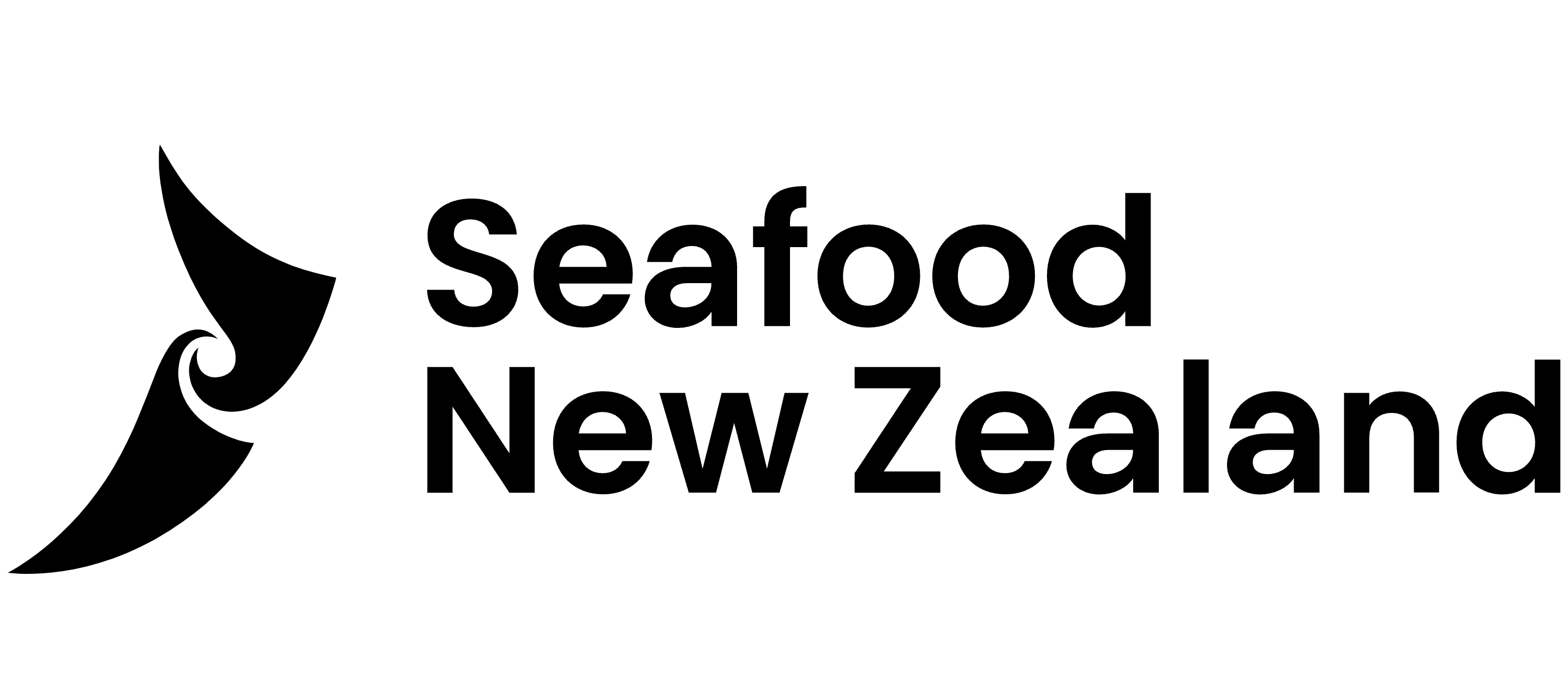Promising deepwater views of orange roughy
Scientific
surveys of orange roughy stocks off the West Coast of the
South Island and south of Fiordland have obtained live video
footage of the fish from as deep as one kilometre below the
surface.
“Video footage from these depths has never been captured in real time at the surface like this and the results look very promising,” says Deepwater Group Chief Executive, George Clement. “Live footage enables us to see individual fish behaviours in real time and to focus our attention on areas where the most fish are gathered.”
“We are using the latest science and technologies to ensure that our fisheries are sustainably managed. Industry has been working with Australia’s Commonwealth Scientific and Industrial Research Organisation (CSIRO) since 1998 to develop effective ways to measure the numbers of orange roughy. Working in partnership with Sealord, CSIRO has developed the AOS - a world leading multi-frequency Acoustic Optical System (AOS) which can be deployed at depth on the headline of a trawl net.
The two scientific surveys, completed this week, were combined deepwater fishing industry ventures. Sealord has invested in their own AOS technology, which was used by CSIRO scientists on board Talley’s factory trawler, Amaltal Explorer, and all quota owners shared in the costs.
The footage, which allows scientists to use video and acoustics to better understand and to count the numbers of fish in our waters, will be used to inform stock assessments and to ensure our orange roughy fisheries continue to be harvested sustainably .
The surveys are investigating whether the orange roughy stocks in the Cook Canyon and Puysegur Bank areas off the South Island, have rebuilt in size or whether they require further resting.
“Initial impressions of orange roughy numbers in the areas surveyed are encouraging. The footage will now be reviewed and feed into a scientific assessment of the stocks,” George Clement says.
The two areas surveyed have not been fished for some years to allow for stocks to rebuild in size.
“Where orange roughy stock sizes have fallen below the management targets, measures have been introduced to maintain or rebuild stock sizes, George Clement says. This has worked well for the Chatham Rise and Challenger Plateau stocks. Our harvest levels are very conservative – we take four or fewer orange roughy for every 100 counted. To do this requires the best available science and technologies at the cost of millions of dollars every year.
New Zealand is committed to having the world’s best managed deepwater fisheries. To ensure this we are audited against the world’s best standards under the Marine Stewardship Council (MSC) programme, the gold-star for sustainable seafood. Seventy four per cent of New Zealand’s deep water seafood production is now certified sustainable by MSC.
The performance of our three largest orange roughy fisheries is currently being assessed against the MSC standards and we plan to progress further orange roughy fisheries through the MSC programme as well, he says.
Footage and interviews with Talley’s Operations Manager Andy Smith, Amaltal Explorer Captain John Whitlock and CSIRO’s Tim Ryan can be downloaded here:
http://www.seafoodnewzealand.org.nz/index.php?id=433
ends



 John Mazenier: Gaffer Tape And Glue Delivering New Zealand’s Mission Critical Services
John Mazenier: Gaffer Tape And Glue Delivering New Zealand’s Mission Critical Services Earthquake Commission: Ivan Skinner Award Winner Inspired By Real-life Earthquake Experience
Earthquake Commission: Ivan Skinner Award Winner Inspired By Real-life Earthquake Experience Reserve Bank: Consultation Opens On A Digital Currency For New Zealand
Reserve Bank: Consultation Opens On A Digital Currency For New Zealand NIWA: Ship Anchors May Cause Extensive And Long-lasting Damage To The Seafloor, According To New Research
NIWA: Ship Anchors May Cause Extensive And Long-lasting Damage To The Seafloor, According To New Research New Zealand Customs Service: A Step Forward For Simpler Trade Between New Zealand And Singapore
New Zealand Customs Service: A Step Forward For Simpler Trade Between New Zealand And Singapore Horizon Research: 68% Say Make Banks Offer Fraud Protection
Horizon Research: 68% Say Make Banks Offer Fraud Protection



